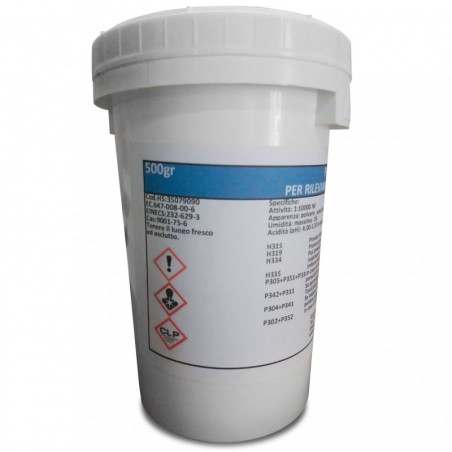Tail lesions are important pig welfare indicators that could be recorded during meat inspection as they are more visible on the carcass than on the live animal. Tail biting is associated with reduced performance in the bitten pig, but it is not clear whether problems with tail biting are reflected in general farm performance figures. Farm advisory services aim to improve farm productivity which could be associated with improvements in pig welfare. Record keeping forms an integral part of such advisory services
The aim of this study was to examine the influence of record keeping in the Teagasc eProfit Monitor (ePM herds) on the prevalence of tail lesion severity scores in Irish slaughter pigs. In addition, we investigated associations between the prevalence of tail lesion scores and production parameters at farm level in ePM herds. Pigs were observed after scalding/dehairing and tail lesion score (0 to 4), sex and farm identification were recorded. Tail lesion scores were collapsed into none/mild lesions (score ⩽1), moderate lesions (score 2) and severe lesions (score ⩾3).

A total of 13 133 pigs were assessed from 73 batches coming from 61 farms. In all, 23 farms were identified as ePM herds. The average prevalence of moderate tail lesions was 26.8% and of severe tail lesions was 3.4% in a batch. Batches coming from ePM herds had a lower prevalence of moderate tail lesions than non-ePM herds (P<0.001). Average tail lesion score was negatively associated with age (P<0.05) and weight (P<0.05) at sale/transfer of weaners, and tended to be positively associated with the number of finishing days (P=0.06). In addition, the prevalence of severe tail lesions was negatively associated with average daily gain in weaners (P<0.05) and tended to do so with average daily gain in finishers (P=0.08).
N. van Staaveren, D. L. Teixeira, A. Hanlon, L. A. Boyle. Pig carcass tail lesions: the influence of record keeping through an advisory service and the relationship with farm performance parameters. Animal. Volume 11, Issue 1. January 2017, pp. 140-146. DOI: https://doi.org/10.1017/S1751731116001117





